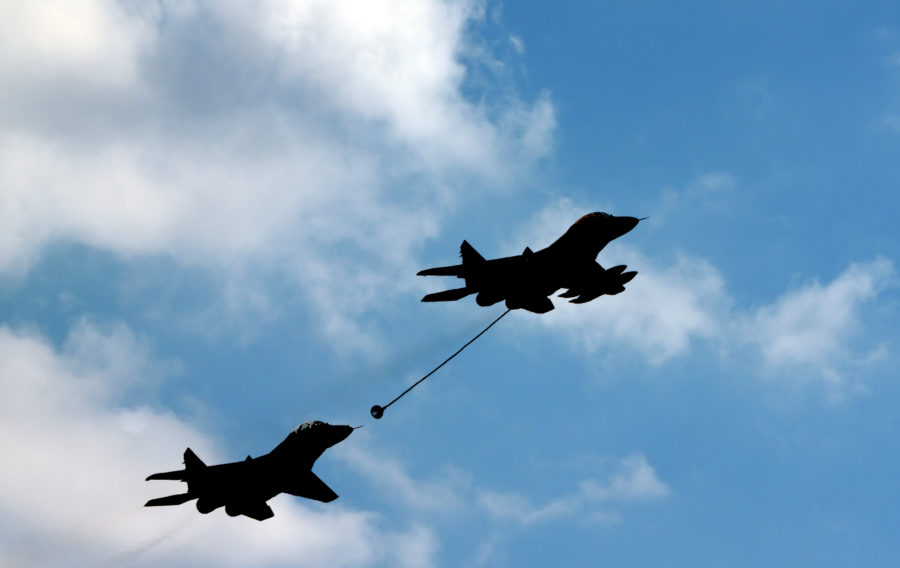
Nick Ford, Executive Director of procurement advisory company, Odesma, explains to Defence Online why the careful management of tail spend in defence can lead to greater investment in other key strategic areas.
In defence, as in most industries, resources available to procurement are limited. As such, managers must prioritise purchases and optimise their supply chains. Many Chief Procurement Officers (CPOs) consider small or tail spend unimportant during this prioritisation process; however, the defence industry in particular has unique pressures which make the exact opposite true. With close management, companies can significantly reduce tail spend, enabling them to prioritise investment in more strategic areas.
What is tail spend?
In broad terms, 80% of an organisation’s suppliers account for 15% of a company’s spend. This 15% is known as tail spend, and refers to the majority of transactions made, covering a wide range of services, products and indirect purchases. In defence, companies invest heavily in machinery, equipment and facilities. After that, it’s raw materials, MRO and consumables that make up the tail spend. Because many leaders will view these categories of spend individually, the extent of combined tail spend is often missed, which could amount to tens of thousands, if not millions, of pounds.
We can categorise tail spend into four types:
- Low value stranger spends
- Low value items bought frequently
- Ongoing low value spend
- Obscured tail spend:this can be somewhat strategic in nature, but probably bought once or twice
This classification system can help CPOs get a handle on the exact type of spend involved, allowing them to assess overall value and identify areas for improvement.
Why is tail spend significant for defence?
With tail spend accounting for roughly 15% of a business’s costs, the amount spent on these products and services, such as couriers and freight, is relatively similar across all industries. However, in defence, as well as other industries with high value contracts like oil, total annual tail spend can creep up to a staggering figure. One client of ours initially estimated tail spend to be around £15 million, only to find out after a detailed spend analysis that the correct figure was four times this amount, at roughly £60 million.
Key decision makers in defence prefer to spend their time on strategic efforts rather than managing smaller costs. This makes perfect sense, when you think of the very real life or death consequences of the decisions made. However, by auditing and managing tail spend, they could free up money and staff resource to assign to such strategic efforts in aid of the front line.
Project spend versus assigned budget is, understandably, of great public interest when it comes to defence projects. Taxpayers like to know how their money is being spent, and with such scrutiny, tail spend management is one method businesses should use to help stick to budgets. If a company demonstrates efforts to bring projects in under budget via supply chain innovation and efficiencies, this will be a real stand-out factor, whether you’re answerable to government or the general public.
The majority of logistics and supply chain decisions are made in central departments while assigning contracts; hence more work needs to be done here to improve awareness of the benefits of managing tail spend as part of a total cost management strategy.
What should businesses be doing next?
A comprehensive audit needs to be carried out to get a clear picture of a business’s tail spend. This should include a full breakdown of spend type by category, as well as a valuation of total outgoings. Once this has been performed, businesses will be able to understand the inner workings of individual supply chains and their effects on outgoings, allowing them to identify areas for supplier consolidation.
Once a complete spend picture is understood, CPOs must develop clear business cases for transforming their tail spend operation and its service to the rest of the business. This is important for getting other key decision makers, such as Finance Directors, on board.
The key take home message here is the need for CPOs to refrain from brushing tail spend aside and thinking that it’s a small, unavoidable cost. In an industry where as much time and effort as possible should be put into equipping the front line, surely addressing an area that could free up money and resource for that very thing is something worth looking into?
If you would like to join our community and read more articles like this then please click here.







